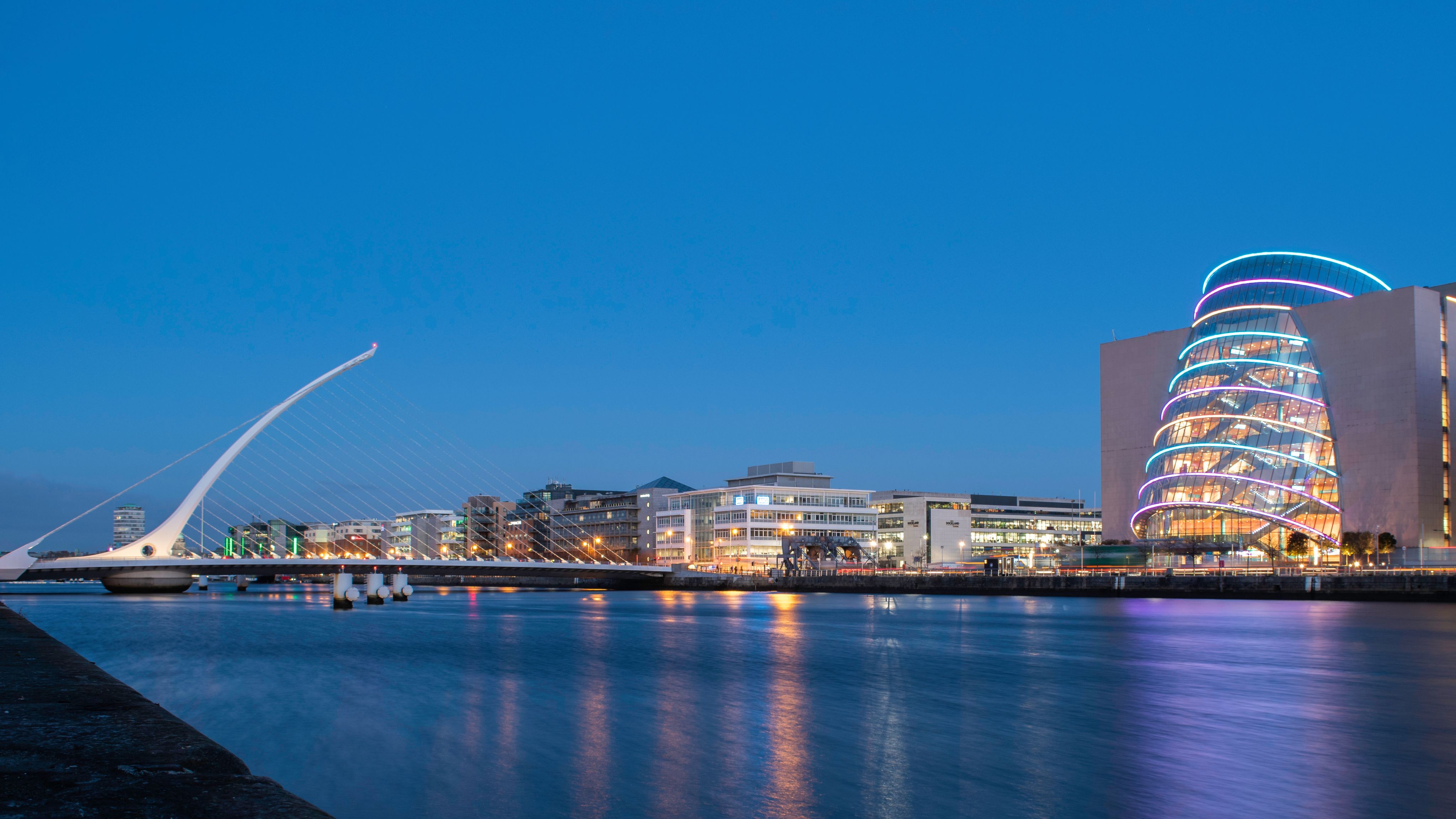What are our streets trying to tell us?

Innovative new methods for measuring and mapping air quality data have shown that one-size-fits-all plans to address pollution are not the answer – and that hyperlocal solutions right down to street level can pave the way to more sustainable and just cities.
Teams based across the world, at University College Cork, Massachusetts Institute of Technology, The Hong Kong Polytechnic University, Brown Universty and more in Norway and Italy have provided evidence that support calls for a multi-layer approach to sustainable urban living, starting with the individual and addressing policy at street, neighbourhood and city level.
A new approach to our cities
This research has highlighted how these layers that make up our urban settings are interconnected, and that actions in one can cause a ripple throughout the connected environment – for better or worse.
While detrimental practices at any of these levels contribute to a more polluted environment, scientists are optimistic that the opposite will also be the case, and that targeted interventions appropriate to each level will bring about more sustainable and environmentally just cities.
If citizens’ individual experiences can inform policy from the ‘bottom up’, tailored solutions at national level can nudge actors at all levels towards more sustainable decisions.
Marguerite Nyhan is Professor of Engineering for Sustainability and Director of the Sustainable Futures Lab at University College Cork in Ireland and an Affiliate Scholar at the Senseable City Lab at Massachusetts Institute of Technology in the United States.
“My research aims to advance the science of sustainable and equitable future cities."
"I employ state-of-the-art technologies - including large-scale digital datasets and artificial intelligence - to understand emissions, air pollution, urban greenspace and human exposures within the complex and dynamic systems that define modern cities. By combining methods from data science, environmental engineering, and public health, I seek to strengthen our understanding of how urban environments affect human populations and inform the design of cities that are healthier, more equitable and more sustainable," she explains.
Whereas previous studies have examined pollution at wider area levels, Prof. Nyhan’s work has shown how our individual exposures vary from street to street.
A Bronx Tale

Going hyperlocal
A study Prof. Nyhan co-authored published in Nature Cities, for example, used ethically-sourced anonymous location data to analyse the daily mobility of over 500,000 unique mobile phone users in New York.
The research focused on the Bronx – where asthma rates are some two-and-a-half times higher than the New York City average.
This mobility data was cross-referenced against hyperlocal pollution readings, obtained by placing sensors on city vehicles such as cars and taxis to provide street-by-street measurements.
The analysis found that estimating people’s level of exposure based on their homes missed the variances due to their daily travel, meaning that in many cases exposure is underestimated.
Ethnicity was more likely to be a stronger predictor of exposure levels than income, with Hispanic majority neighbourhoods worst affected by pollution. The Southeastern Bronx, with its proximity to industry and highways, was hardest hit.

Knowing that the levels of pollution can vary at a very local level is helpful – it means that therein also lies the solution.
Another study Prof. Nyhan led has shown how the amount of green space in urban areas affects air quality in Ireland’s capital, Dublin.
Using millions of images from Google Street View to estimate the extent of green spaces in various urban locations, air quality data were also obtained from Google Air View, which employs sensors mounted on vehicles to measure pollutants in the atmosphere.
The study found that areas with more green space tended to have lower concentrations of air pollutants. Furthermore, this hyperlocal study exposed pollution hotspots within a city.
However the true value of the study is the way it quantifies the level of impact green areas have on neighbourhoods – and the significant level of exposure inequalities even at a very local level.
Given such air pollutions’ known contribution to everything from cognitive performance, to lung function, hypertension, diabetes and cardiovascular disease, this level of knowledge is invaluable.
Policymakers seeking to improve health outcomes in urban areas now know that greening city neighbourhoods can lead to positive outcomes. Green areas are not just a ‘nice to have’ aesthetic amenity, but can be the driver of sustainable living that can contribute to positive health outcomes.
That parks record less pollution than urban spaces without green areas is no surprise - however this research shows how drastic the difference can be within relatively short distances.
For example, the vicinity of Dublin’s Phoenix Park has some of the highest levels of greenspace in the city but has some of the lowest levels of NO2 air pollution.
In contrast, nearby the quays in Dublin's inner city centre area has some of the lowest levels of green space, yet very high levels of NO2 air pollution - over twice and sometimes even three times the levels found in Phoenix Park.
Just a 10 minute walk separates these two areas.
Professor Marguerite Nyhan in the Sustainable Futures Lab in UCC
Professor Marguerite Nyhan in the Sustainable Futures Lab in UCC
Sustainable cities of the future
Prof. Nyhan’s research has harnessed these hyperlocal environmental maps to discover exposure inequalities and environmental justice issues in the cities she studies. Her research has shown how demographics and socioeconomics affect exposures and demonstrates how this knowledge can help inform inclusive urban environmental policies for cleaning the air and design urban green infrastructure such as parks.
These new discoveries will assist urban planners and governments in designing inclusive, healthy, sustainable and just cities for all.
Prof. Nyhan added; "By analysing millions of Google Street View images and data points, we can quantify air pollution, urban greenspace, and human exposure in an unprecedented resolution and scale across cities. The new scientific methods reveal exposure inequalities and environmental justice issues in urban contexts".
"Being fully aligned to the United Nations Sustainable Development Goals and their aim for equity and inclusiveness, the research is essential for designing sustainable and just cities that do not leave anyone behind."
Words: Joe Leogue. Images: Clare Keogh, Vidblian


